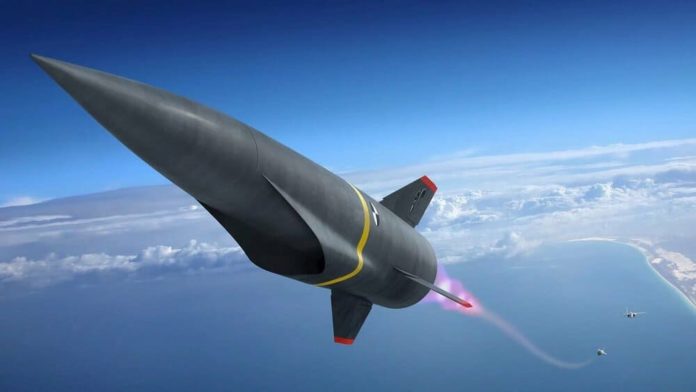A glimpse into hypersonic travel
Imagine flying from New York to Tokyo in just a couple of hours. This is the promise of hypersonic travel, which involves speeds greater than Mach 5 (five times the speed of sound). It’s a thrilling concept that could revolutionize air travel, making the world more connected than ever before.
The role of rocket technology
Shared foundations
The development of hypersonic travel is deeply intertwined with advances in rocket technology. Both fields rely on cutting-edge propulsion systems, advanced materials, and a deep understanding of aerodynamics. The success of modern rockets, from launching satellites to space tourism, provides a strong foundation for hypersonic flight.
Propulsion systems
Rocket engines and hypersonic propulsion systems share many similarities. Rocket engines, particularly those used in space travel, operate at extremely high speeds and temperatures, which is essential for achieving hypersonic velocities. Innovations in rocket propulsion, such as reusable rocket engines, are directly influencing the development of hypersonic engines like scramjets (supersonic combustion ramjets).
Recent advances in hypersonic technology
Military applications
Hypersonic technology has seen significant investment from the military sector. Countries like the United States, China, and Russia are developing hypersonic missiles and aircraft. These developments are pushing the boundaries of what’s possible, leading to advancements that could eventually benefit civilian hypersonic travel.
Civilian projects
On the civilian front, companies like SpaceX and Boeing are exploring hypersonic travel. SpaceX’s Starship, designed for interplanetary travel, could potentially be adapted for hypersonic Earth travel. Boeing’s hypersonic concepts aim to cut down long-haul flight times drastically. These projects are still in the early stages, but the progress is promising.
The challenges ahead
Technical hurdles
Achieving sustained hypersonic flight comes with significant technical challenges. Managing the extreme heat generated at high speeds is a major concern. Advanced materials and cooling systems are essential to prevent the aircraft from overheating. Additionally, achieving efficient propulsion at such high speeds is complex and requires ongoing research and development.
Safety and regulation
Safety is paramount for hypersonic travel to become a reality. The industry must develop robust safety protocols to ensure passenger and crew well-being. Regulatory bodies will also need to establish new guidelines and standards for hypersonic flight, similar to what exists for commercial aviation today.
Cost and accessibility
Currently, the cost of developing hypersonic technology is extremely high. However, as with all technological advancements, costs are expected to decrease over time. Government funding and private investment will play crucial roles in making hypersonic travel more affordable and accessible.
The future of air travel
Hypersonic travel has the potential to transform air travel as we know it. Imagine a world where long-distance flights are measured in hours rather than days. This would have profound implications for global business, tourism, and even cultural exchange.
As rocket technology continues to advance, it will pave the way for hypersonic travel, bringing us closer to a future where the entire world is just a short flight away. The journey is just beginning, but the destination promises to be nothing short of revolutionary.















